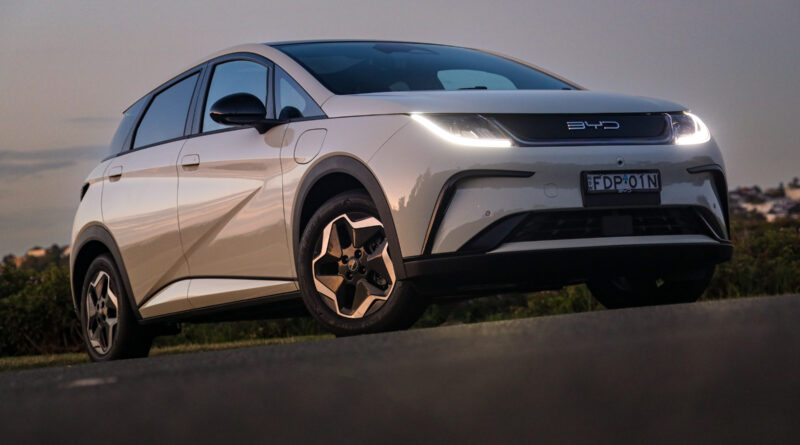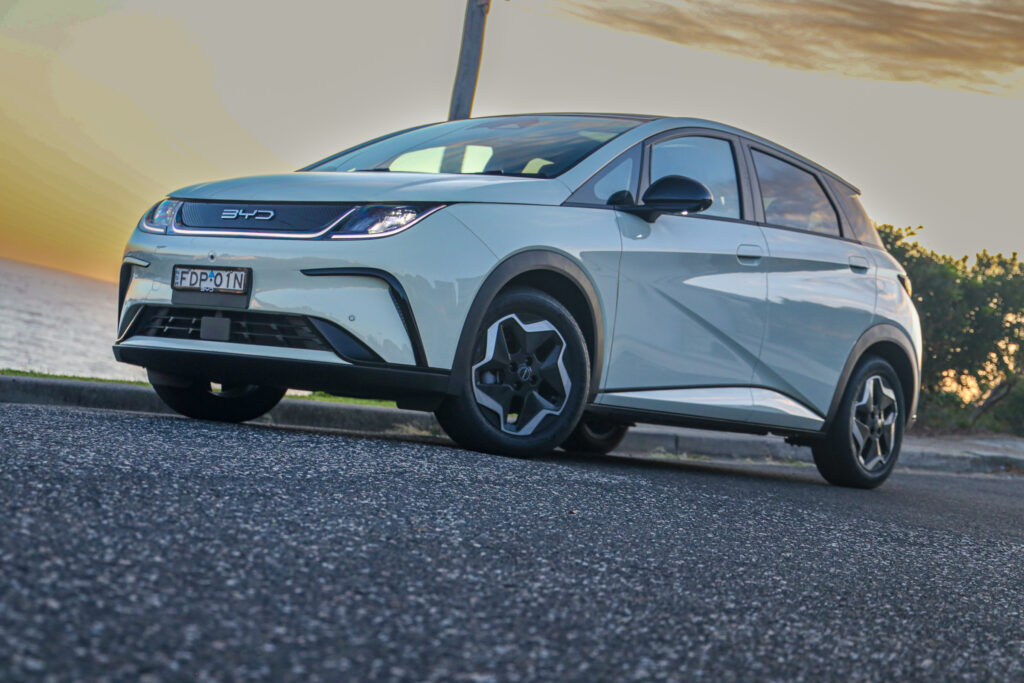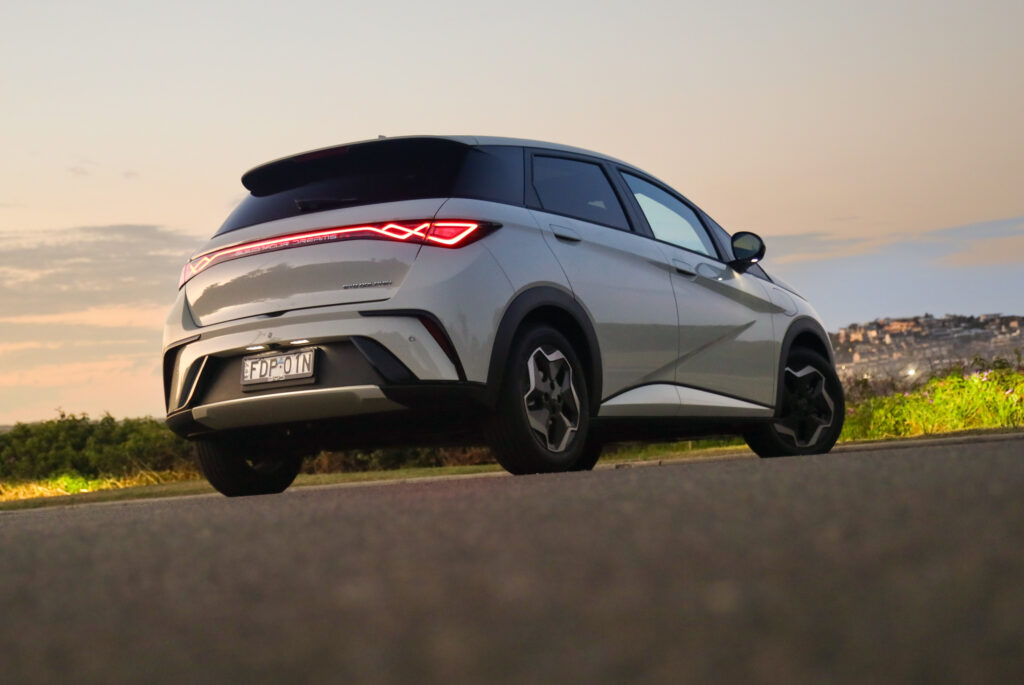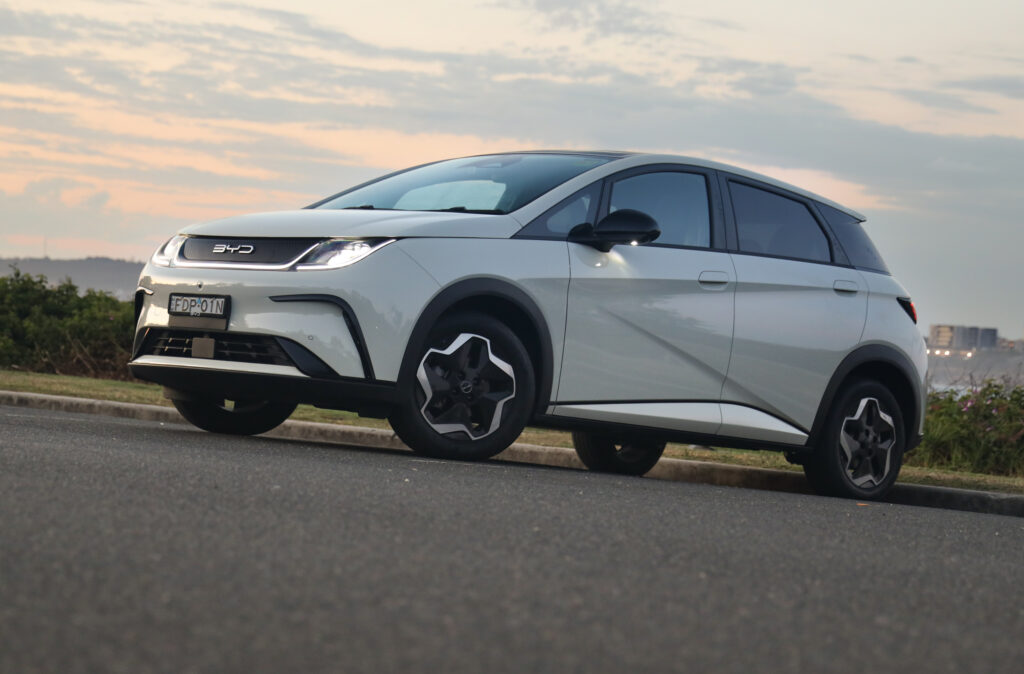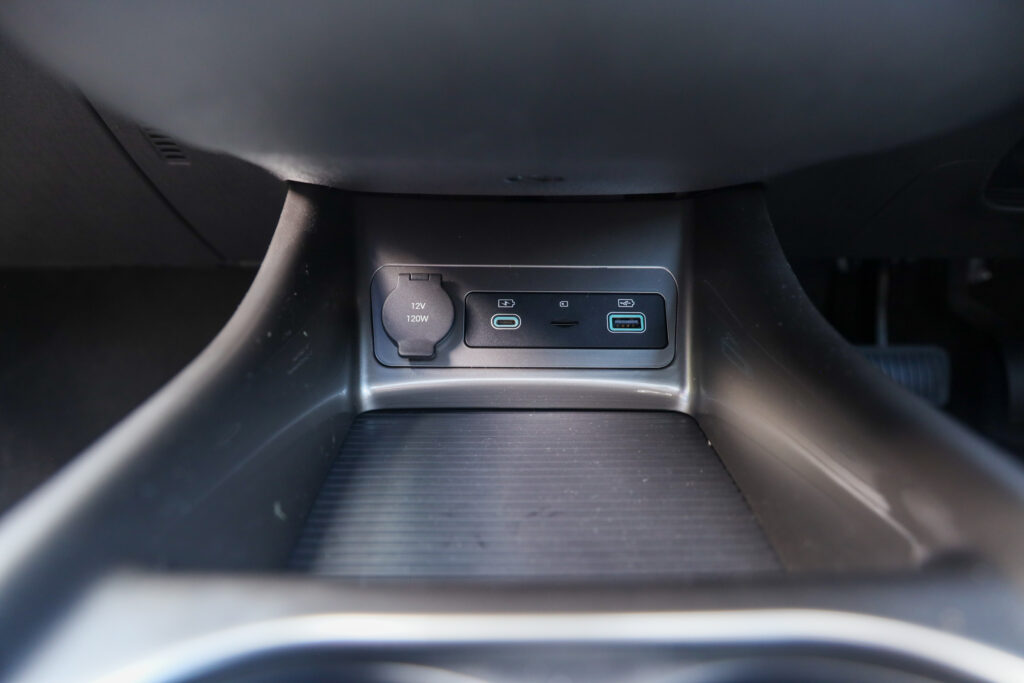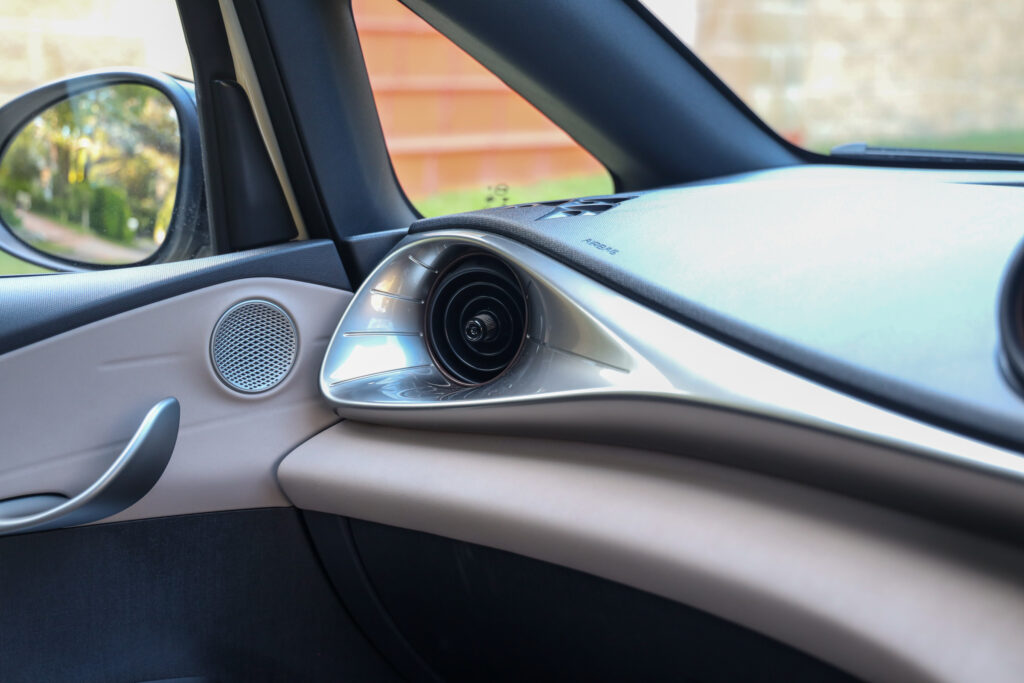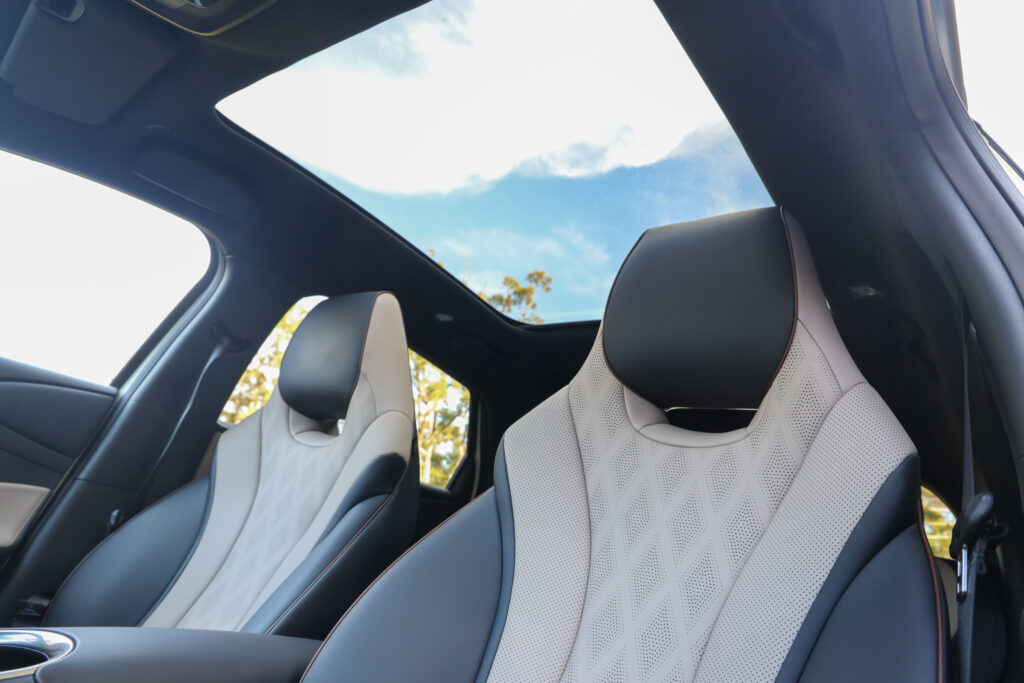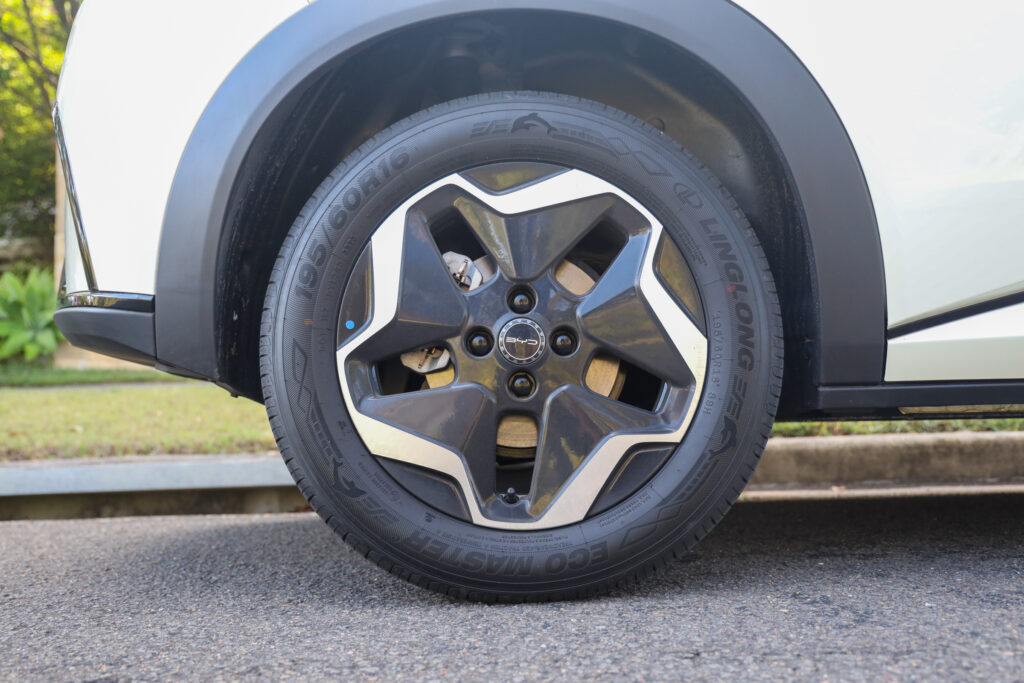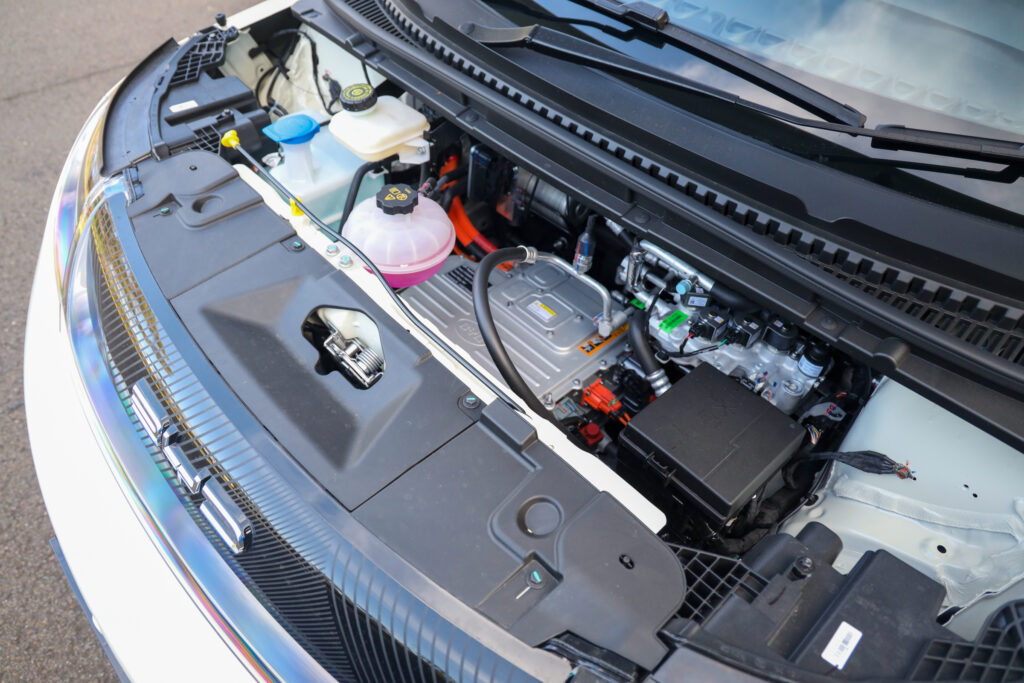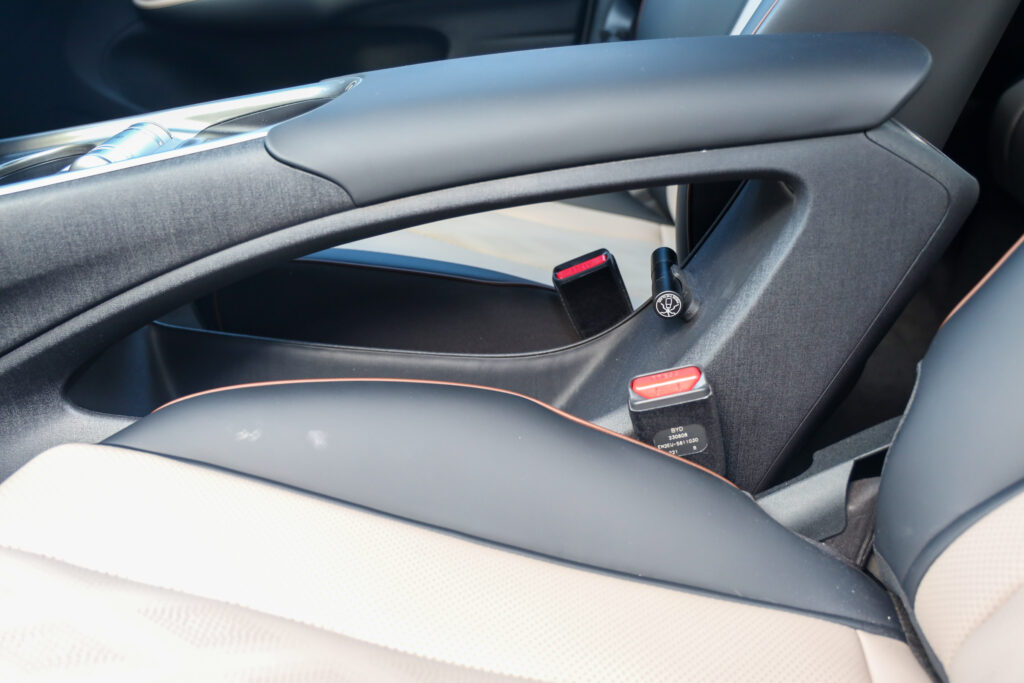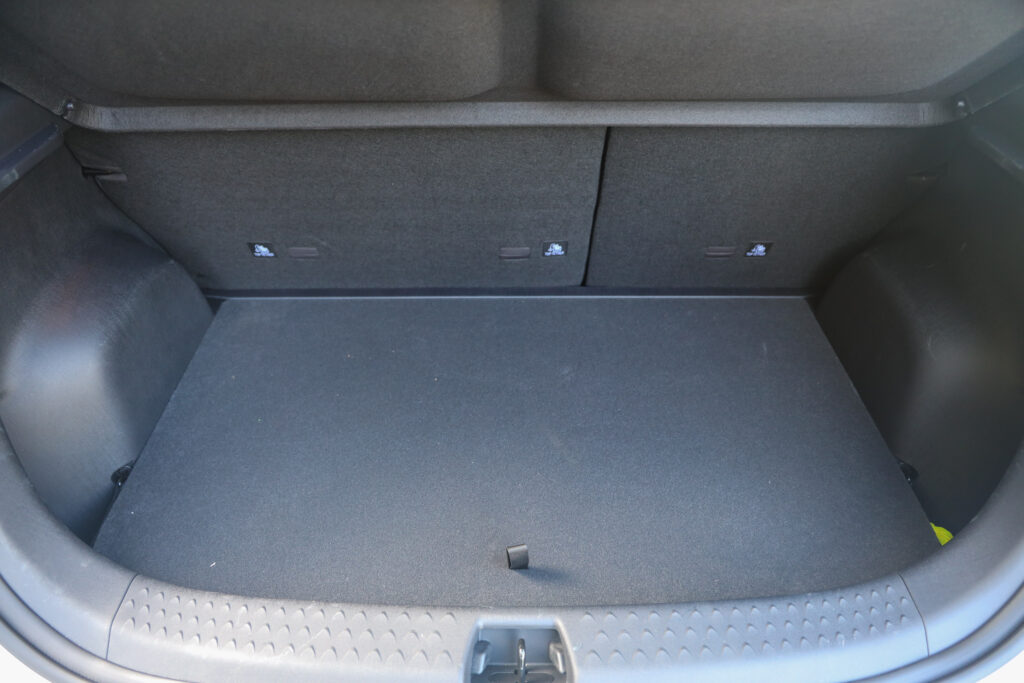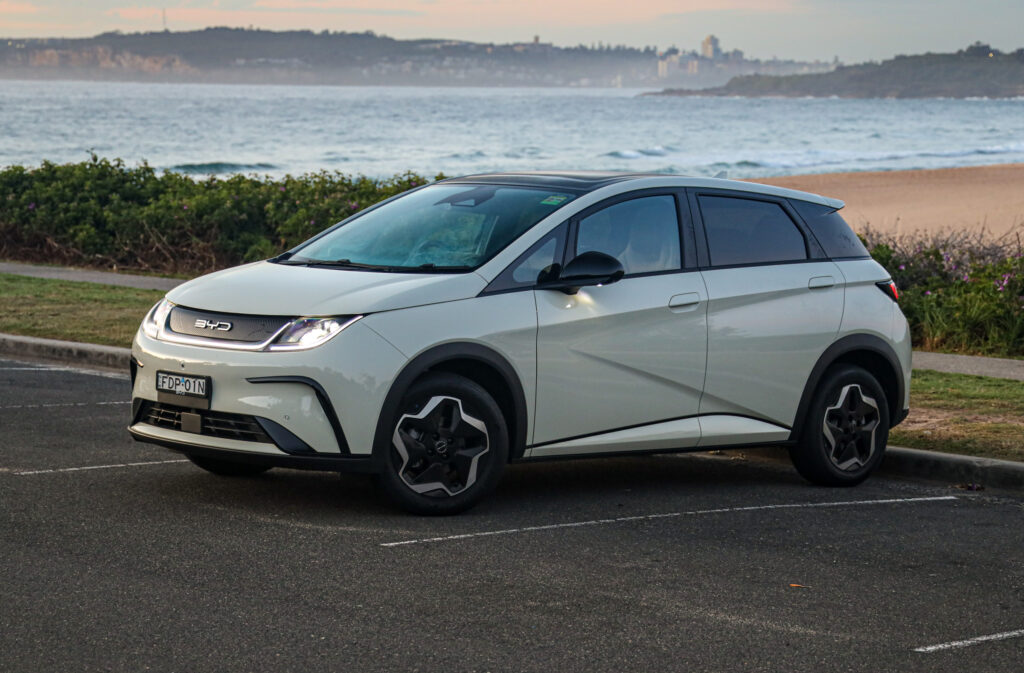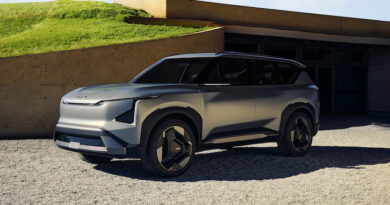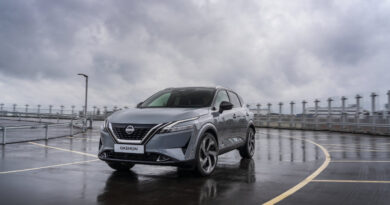2024 BYD Dolphin Dynamic review: Australia’s cheapest electric car provides an EV alternative to the Toyota Corolla, Mazda3, Hyundai i30 and Kia Cerato
The BYD Dolphin is Australia’s most affordable electric car. Priced from about $40,000, it is a small hatchback about the size of a Toyota Corolla or Hyundai i30. Its natural EV rivals are the GWM Ora and MG4, but the Dolphin also competes with many petrol-powered hatchbacks.

Value
The most affordable BYD Dolphin is badged as the Dolphin Dynamic, priced from $38,890 plus on-road costs. That’s the car we’ve tested here. There are four colours to choose from and all have the same price.
READ MORE: Electric car price war! GWM Ora vs BYD Dolphin vs MG4 in battle for Australia’s cheapest EV
READ MORE: Everything you need to know about the 2023 BYD Dolphin
The 2023 BYD Dolphin may be affordable by EV standards but it also comes with a long list of standard equipment.
That’s important because it makes it a viable well-specified alternative to petrol-powered hatchbacks such as the Toyota Corolla, Mazda3, Kia Cerato and Hyundai i30.
Despite the sharp pricing it comes loaded with gear, including 16-inch alloy wheels, fake leather trim, panoramic sunroof, electrically adjustable front seats, smart key entry (you can use your phone as a key), heated front seats and a panoramic glass sunroof.
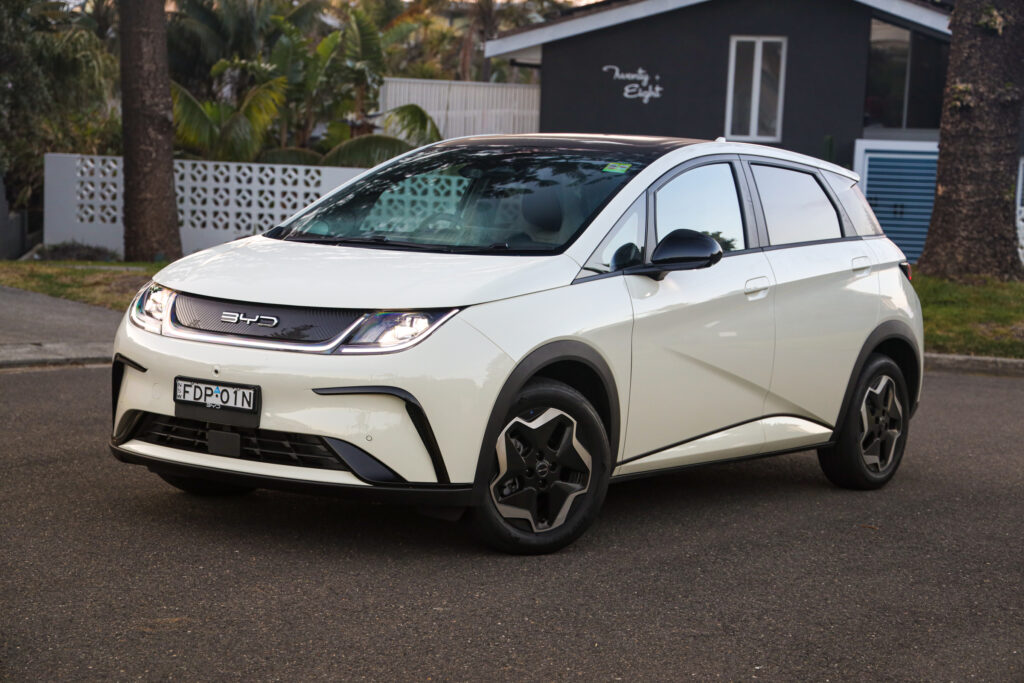
There’s also a Dolphin Premium at $44,890. It gets a larger battery for additional range, something that also delivers a lot more power.
BYD is also working on a sportier BYD Dolphin Sport with flared wheel arches, stickier tyres and an aggressive body kit. It’s priced from $49,990 and is due in 2024.
The Dolphin is covered by a six-year/150,000km warranty. However, that warranty has some curious exclusions, including only four years/100,000km of coverage for the suspension system and lights and only three-years/60,000km coverage for the multimedia system, shock absorbers and charge port assembly.
The high voltage battery has a separate eight-year/160,000km warranty that guarantees at least 70 per cent of the original capacity.
An initial service after three months and 5000km is free then the car is recommended to be serviced at 12 months/20,000km and every 12 months or 20,000km after that. Capped priced servicing ranges between $189 and $447 per service.
Inside
At 4290mm long, 1770mm wide and with a 2700mm wheelbase the BYD Dolphin is slightly smaller than a Toyota Corolla or Mazda3.
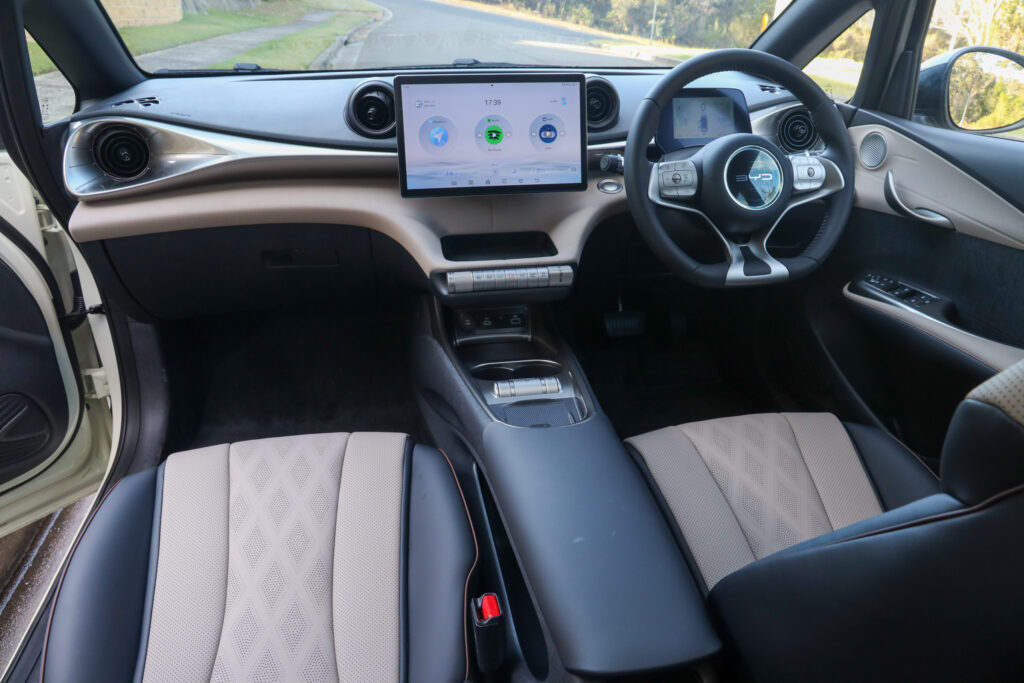
However, because it doesn’t have to accommodate a chunky engine and gearbox, it has a similar level of interior space. And space in the back seats is more generous than most small hatches.
Rear seat head room is good and leg room – while dependent on the seating position of those up front – is thoroughly respectable

That space is helped by the flat floor and open centre console, the latter providing a handy storage space up front. It’s a shame there’s not more covered storage, but the Dolphin still delivers on hidey holes for everything from small bags to phones and water bottles. The phone holder shelf protruding from the dash is handy.
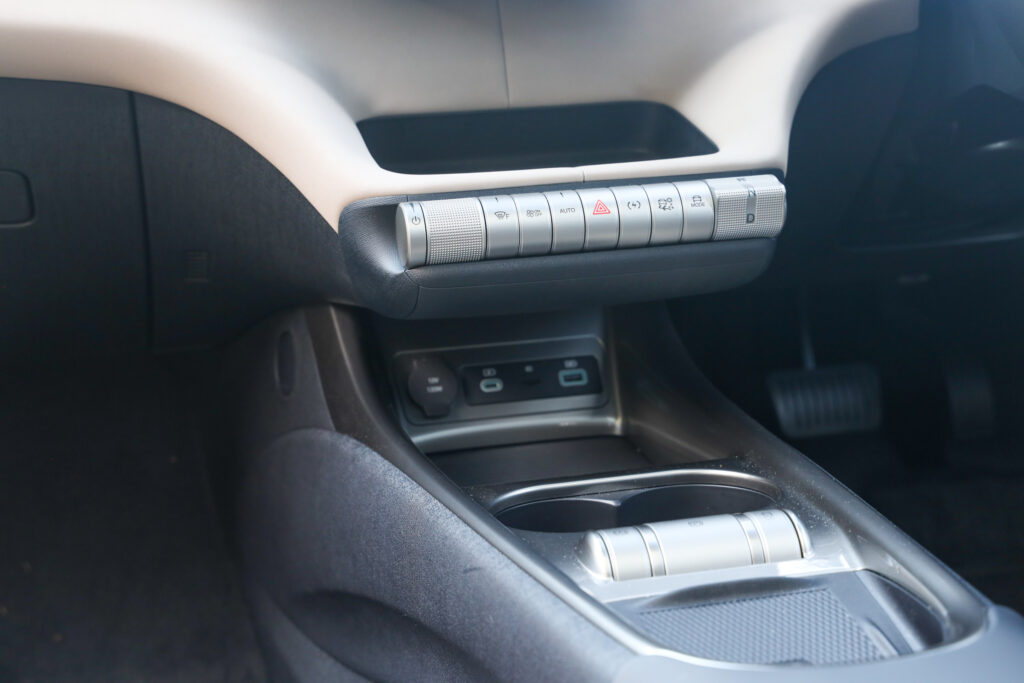
BYD has also put in plenty of effort to differentiate the cabin from the grey-on-grey that dominates at this end of the market. There are some quality finishes, including fake leather that does a decent job of looking like the real thing.
Circular air vents and stylish door handles continue the theme of delivering above what’s often dished up in a city hatch.
There are also USB power ports front and rear, with a USB-A and USB-C outlet at each end of the cabin.
However, those in the rear miss out on air vents.
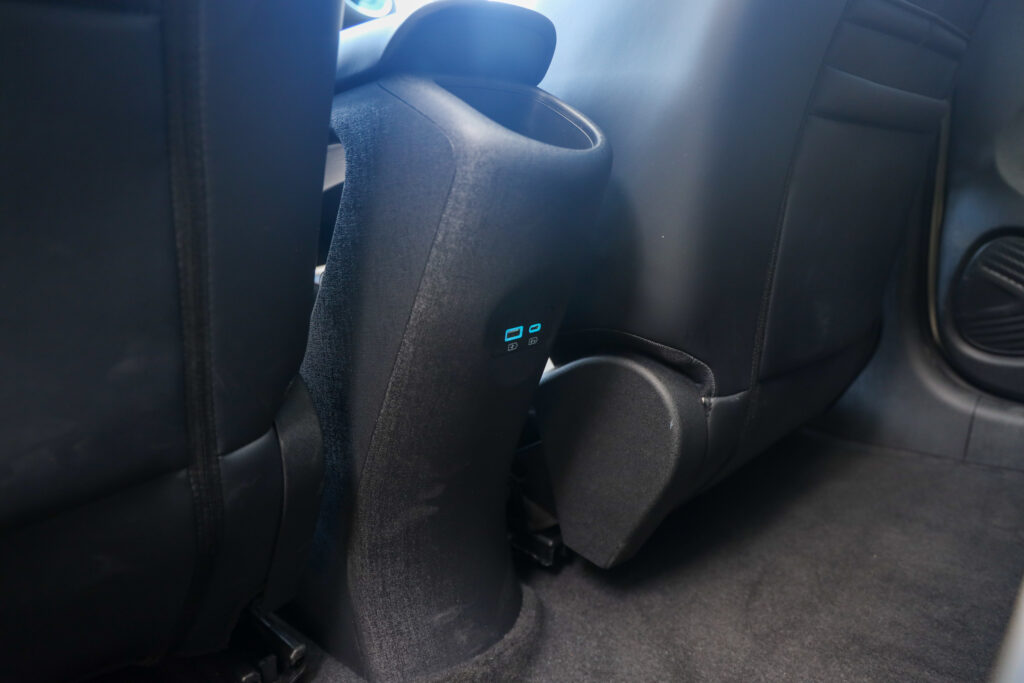
The boot isn’t enormous, but the useful 345-litre cavity that can be expanded by lowering the false floor. Don’t go looking for a frunk, though, because there’s only power unit electronics under the stubby bonnet.
Performance and efficiency
There’s a single electric motor driving the front wheels of the BYD Dolphin Dynamic.
It makes just 70kW of power, which is almost half what many similarly-sized hatches deliver. It’s not quite the least powerful new car on the market (the Kia Picanto and Suzuki Swift have slightly less) but it’s not far off it.
However, the Dolphin makes a thoroughly respectable 180Nm of torque, or pulling power. And that torque is available almost instantly, rather than having to wait for an engine to spin up to its peak.
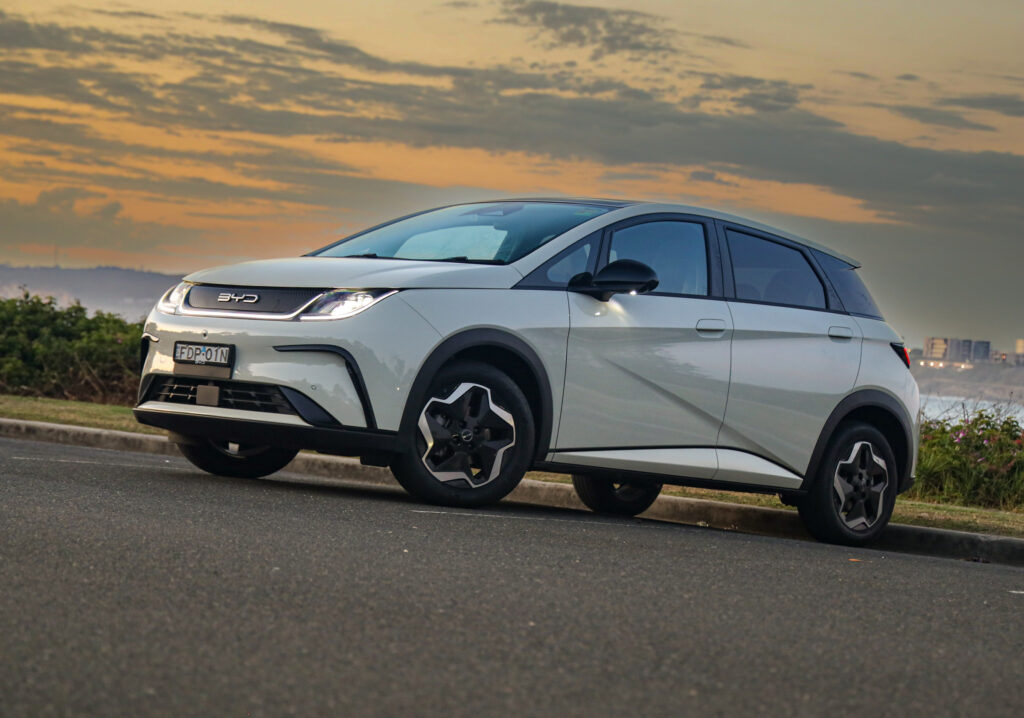
BYD claims it’ll hit 100km/h in 12.3 seconds, which is nothing special.
However the numbers don’t tell the whole story. Because you don’t have to wait for a petrol engine to get into its groove and a gearbox to sort itself out, the Dolphin is quite responsive around town.
Sure, it doesn’t set you back in your seat like a Tesla or Polestar – or all manner of EVs, for that matter.
But it at least delivers its peak soon after you press the throttle, allowing access to the full 180Nm and making for swift responses.
Plus, there could even be a fraction more than 70kW on offer. The digital instrument cluster flashes up how much power is being produced and we regularly saw more than 80kW, suggesting the motor might be making a tad more than its specs claim.
At freeway speeds the Dolphin is less convincing and if you’re looking to overtake or zip up a hill you may have to lower your expectations. At speed it’s more leisurely in the way it builds pace, although still more than capable of holding its speed.
Regenerative braking is mild but can be ramped up via one of the toggle switches in the centre console; even then it’s still fairly mild.
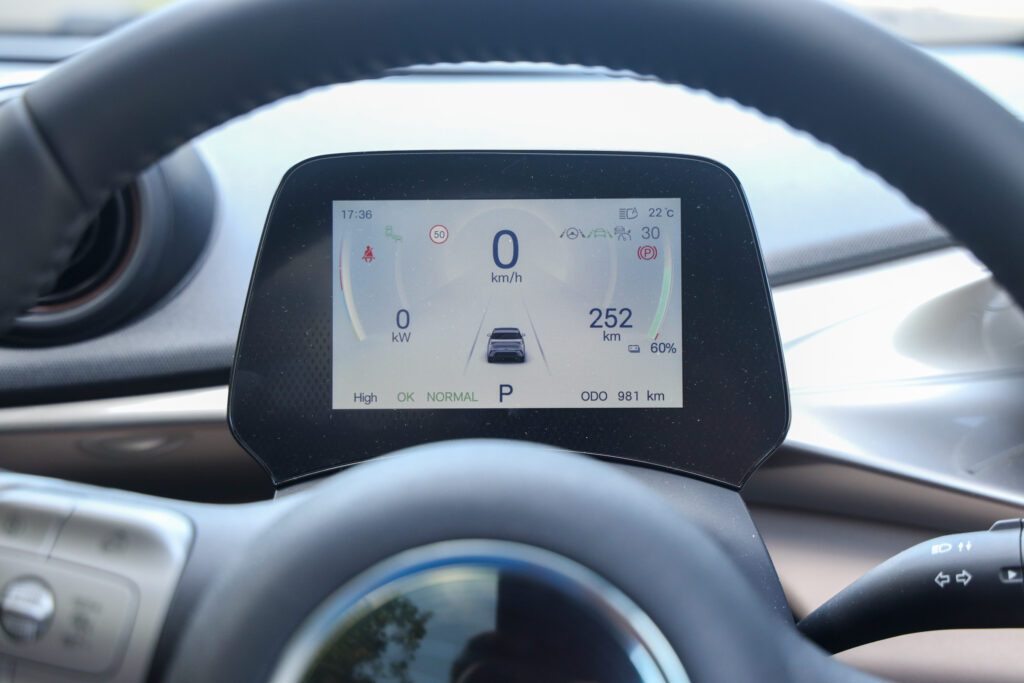
The Dolphin is also impressively efficient. The official claim is that it consumes 12.6kWh per 100km and we were often able to better that. During our couple of hundred kilometres of driving we managed an average of about 13kWh/100km.
It’s also worth remembering that for those chasing more performance that can stump up for the Dolphin Premium, which steps up the maximum power to 150kW and 310Nm.
Charging
The BYD Dolphin Dynamic has a 44.9kWh battery pack using the lithium-ferrous phosphate (LFP) battery chemistry that is part of what BYD markets as a Blade battery.
That means it can be fully charged each time, rather than the recommended 80-90 percent charge for nickel manganese cobalt (NMC) batteries.

Claimed WLTP range is 340km and we found something like 300km was realistic. At that level it’s obviously not the sort of car you’d want to take on regular road trips, but it’s more than fine for around town running.
AC charging can be done at up to 7kW using a wallbox, which means a full charge in about seven hours. Charging from a home powerpoint takes more like 23 hours.
Public DC charging can be done at up to 60kW.
Ride and handling
The BYD Dolphin Dynamic is more about comfort than driving excitement and pace.
Its suspension is soft and supple, which teams with the relatively tall profile 16-inch LingLong tyres to deliver a cushy ride. It’s impressive the way it smothers bumps, ensuring an above-average level of comfort by city hatchback standards.
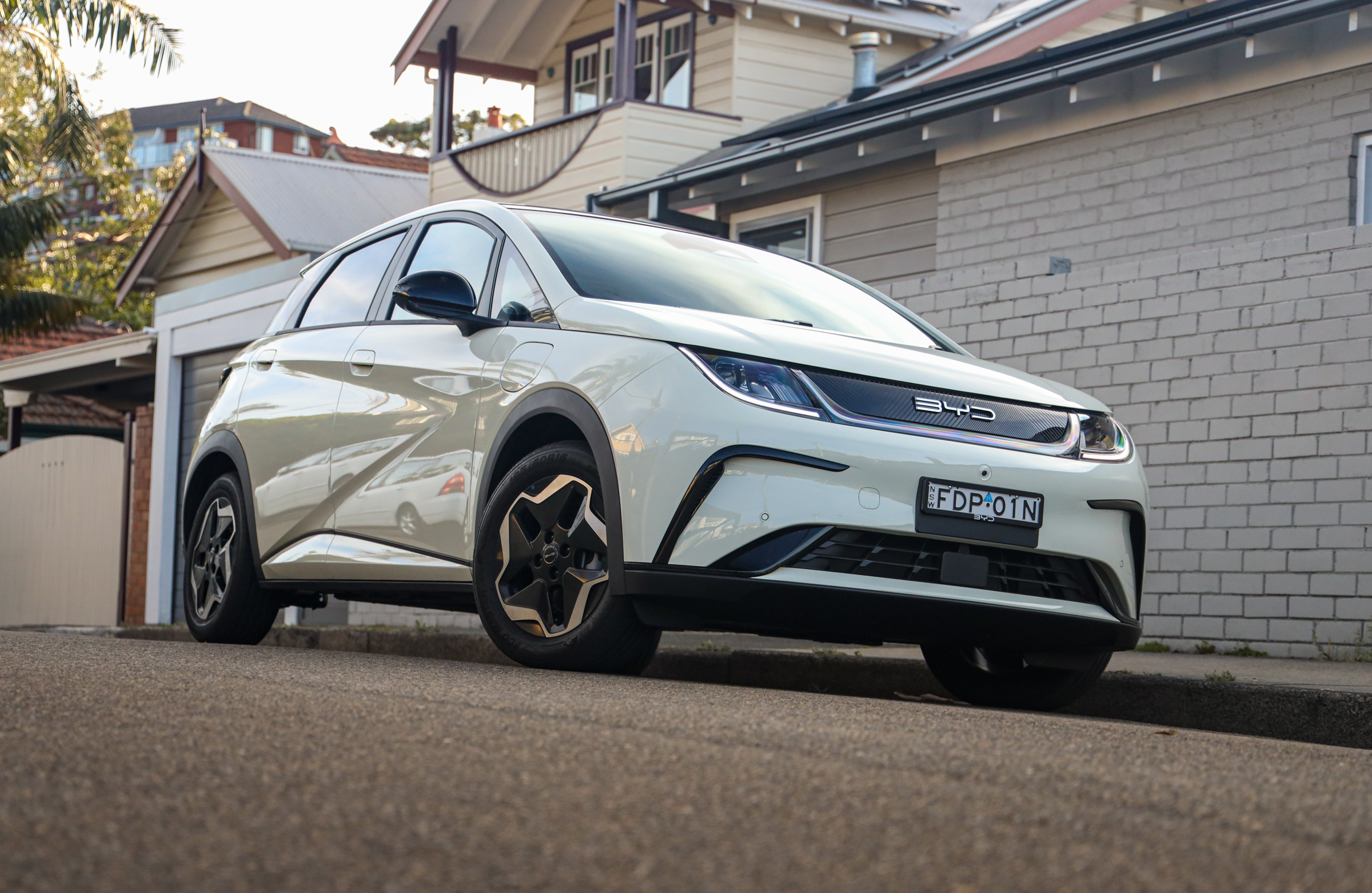
It’s not as convincing dynamically. That softness in the suspension means the body is more prone to leaning through corners, something more obvious once you wind up the pace.
It also means it’s not as sharp as some when you point it at a corner.
That said, the steering is nicely weighted and predictable, just without the crispness that would add to the driving experience.
The Premium gets a more sophisticated multi-link rear suspension system rather than the more basic torsion beam setup of the Dynamic. We haven’t tested that yet so can’t comment on how much it changes the overall dynamic equation.
We also had some issues with the electronic driving aids. The lane keep assistance loves to beep and will often aggressively jolt you away from a lane marking, sometimes when you least expect it. It’s overly officious and occasionally comes as an unwanted shock masked as assistance.
Similarly, the overspeed warning loves beeping but isn’t always relying on reliable data. So you can be below the limit but it’s beeping to tell you to back off.
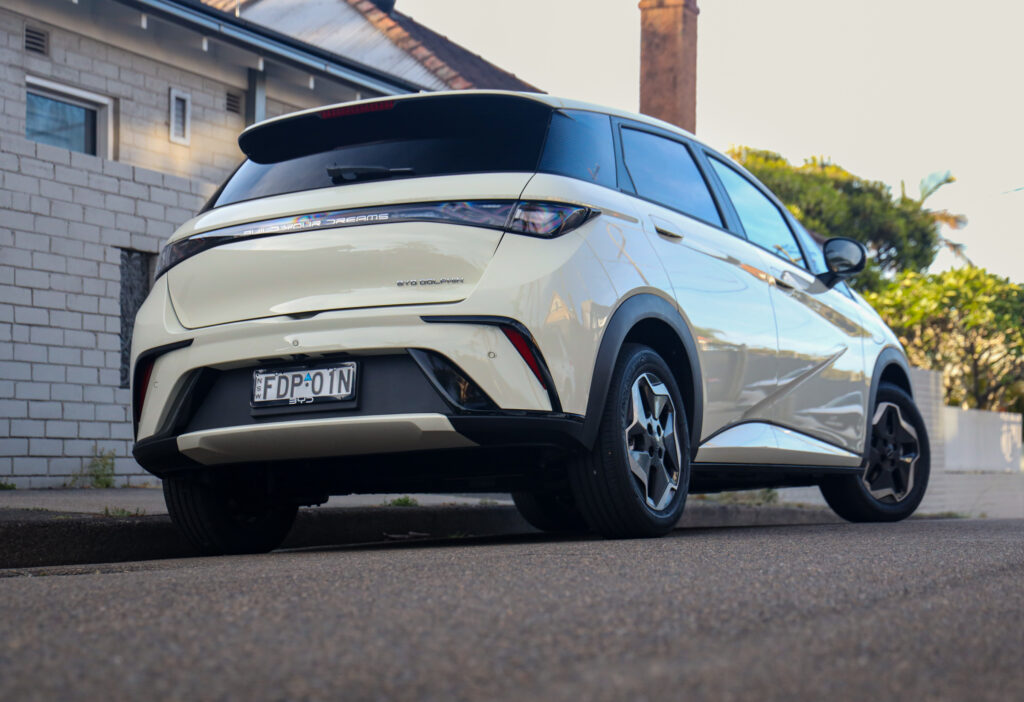
Whereas some front-drive EVs can struggle to get the power to the bitumen – as the weight transfers to the rear during acceleration grip is reduced to the front wheels – the Dolphin does a decent job.
More than anything that’s because it’s not making a whole lot of power. However, if you punch out of a t-intersection you can trigger the traction control.
Talking point
The Dolphin has a vehicle-to-load (V2L) feature. Plug a two-powerpoint power board into the external charging port and you can power any regular household appliance, from lights and computers to cooktops and toasters.
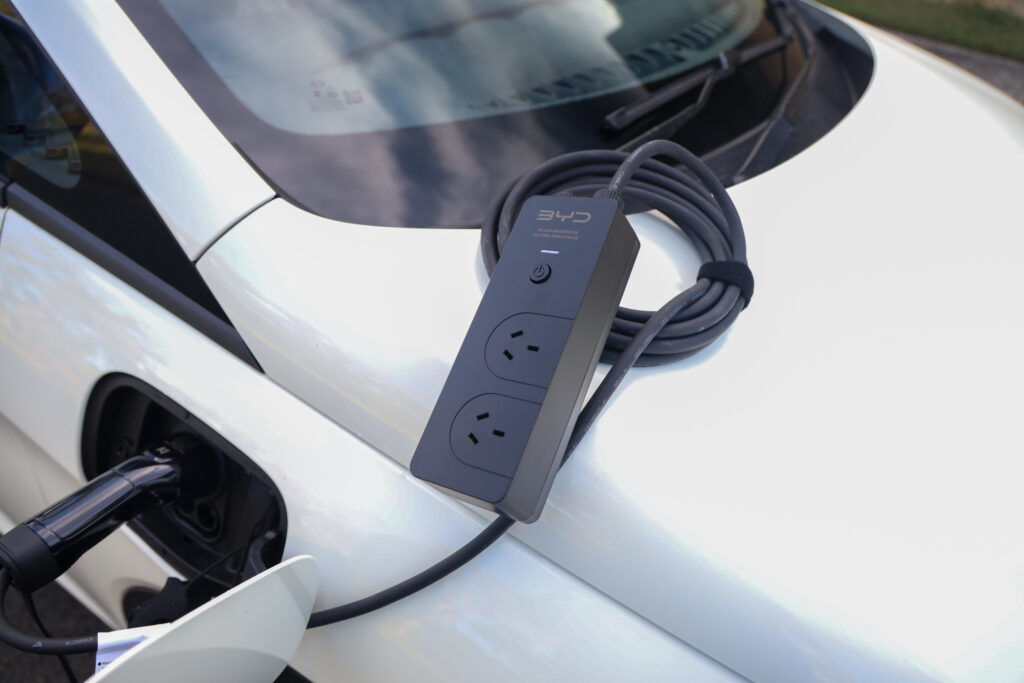
If you experience a blackout you could even use the car to power some lights and your home fridge.
Safety
The BYD Dolphin get front and side airbags as well as a centre airbag between front seat occupants.
There’s also the latest driver assistance systems, including autonomous emergency braking, rear cross traffic alert, blind spot warning and driver monitoring.
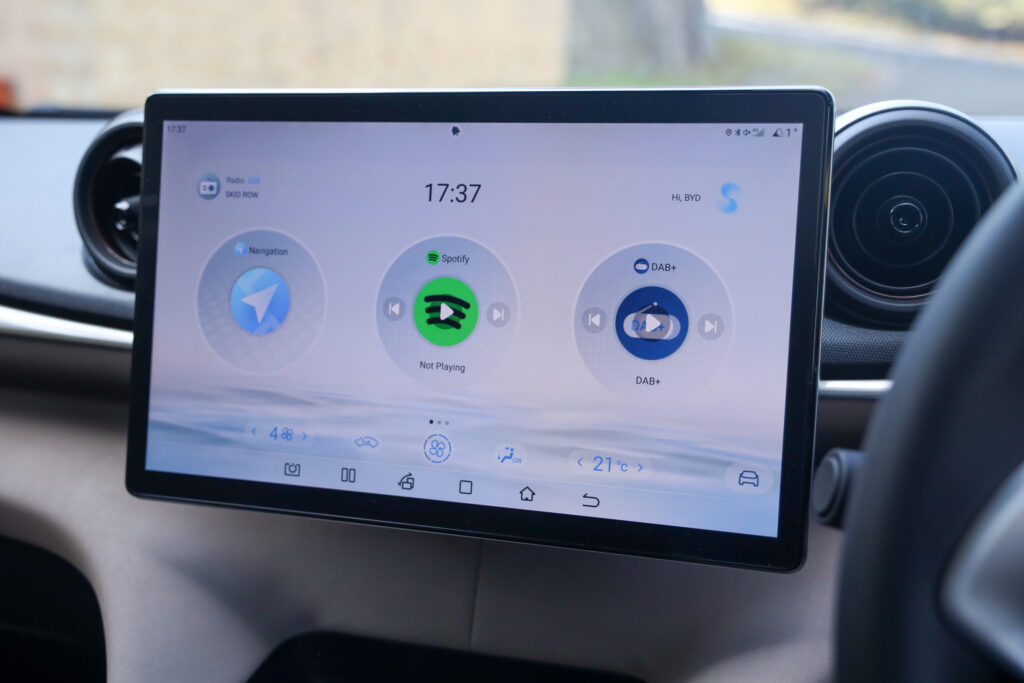
The 360-degree camera is among the clearest and more detailed on the market and trounces anything at this price level.
An unusual addition to the safety artillery is a small tool to smash the windows in case you get locked inside.
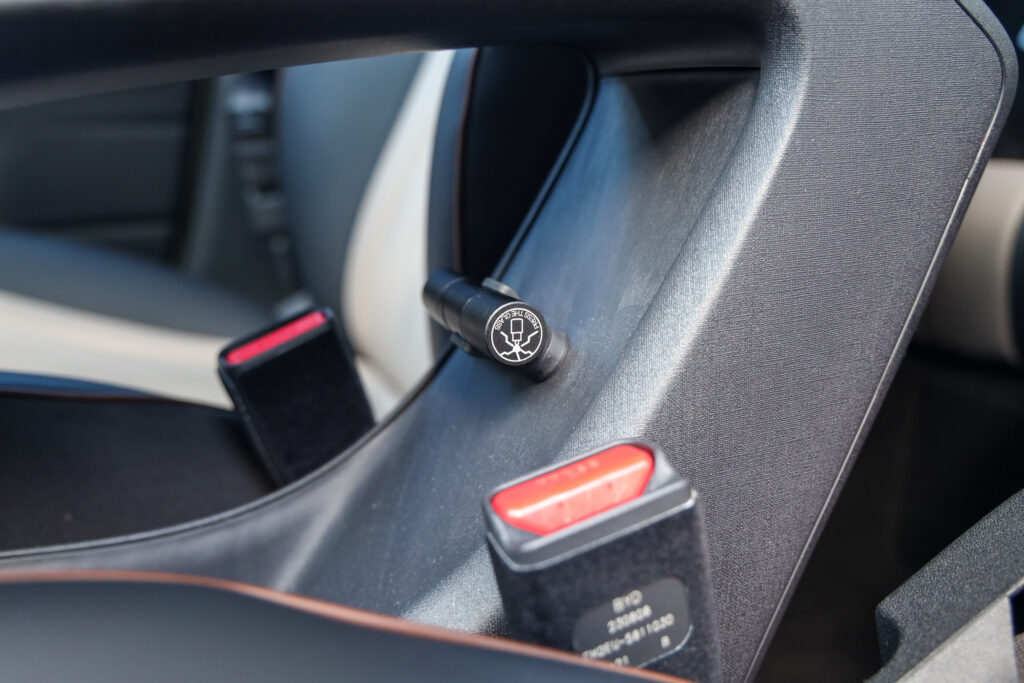
The Dolphin received a five-star rating from ANCAP when tested to the 2023 protocols.
While it didn’t score as highly in the assessment of some of its safety assist systems, it performed well in the barrier crash tests, with good occupant protection.
However, we had some issues with the forward right-diagonal vision due to the sizeable pillars (or A pillars) on either side of the windscreen.
Verdict
The BYD Dolphin is something of a surprise at the entry point to the electric car market. What it lacks in driving excitement it makes up for with loads of trinkets and everyday driving comfort.
And while it arrives with a price premium over traditional petrol-powered hatchbacks, the lure of lower running costs and a generous spread of equipment makes it a tempting proposition.
BYD Dolphin Dynamic specifications
Price: $38,890 plug on-road costs
Basics: EV, 5 seats, 5 doors, hatchback, FWD
Range: 340km (WLTP)
Battery capacity: 44.9kWh
Battery warranty: 8 years/160,000km (guarantee of 70% of original capacity)
Energy consumption: 12.6kWh/100km
Motors: 1 front 70kW/180Nm
AC charging: 7kW, Type 2 plug
DC charging: 60kW, CCS combo plug
0-100km/h: 12.3 seconds

